DNA and fingerprints to be taken from 250 paroled killers in historical cases
POLICE have revealed up to 250 people who have completed prison sentences for murder and manslaughter will soon be DNA tested as part of a major operation to solve SA’s 110 cold case homicides.
SA News
Don't miss out on the headlines from SA News. Followed categories will be added to My News.
DNA PROFILES of almost 250 paroled killers are to be obtained by police in the latest move to try to solve South Australia’s cold-case murders.
It will also result in those targeted being fingerprinted again using the latest technology to compare with evidence — such as partial fingerprints — found at the scenes of unsolved murders.
Major Crime detectives are in the process of locating people convicted of either manslaughter or murder in SA who were released from jail before 2004.
This is when DNA laws were amended to allow profiles from all prisoners — and those suspected of committing a major indictable offence — to be obtained.
Once obtained, the parolees’ profiles will be compared with unidentified DNA on the database.
The officer in charge of Major Crime, Detective Superintendent Des Bray, said police would exploit “every option’’ available in order to try to crack unsolved murder cases.
“With murder being the most serious crime, it makes no sense not having these people on the DNA and fingerprint databases,’’ he said.
“And it is not unreasonable to suspect that a person who has committed an act of murder once could reoffend once released from prison.
“It should be expected we will use all means possible to advance cases that are unresolved. This process will either eliminate people or provide opportunities for us to move forward with them.’’
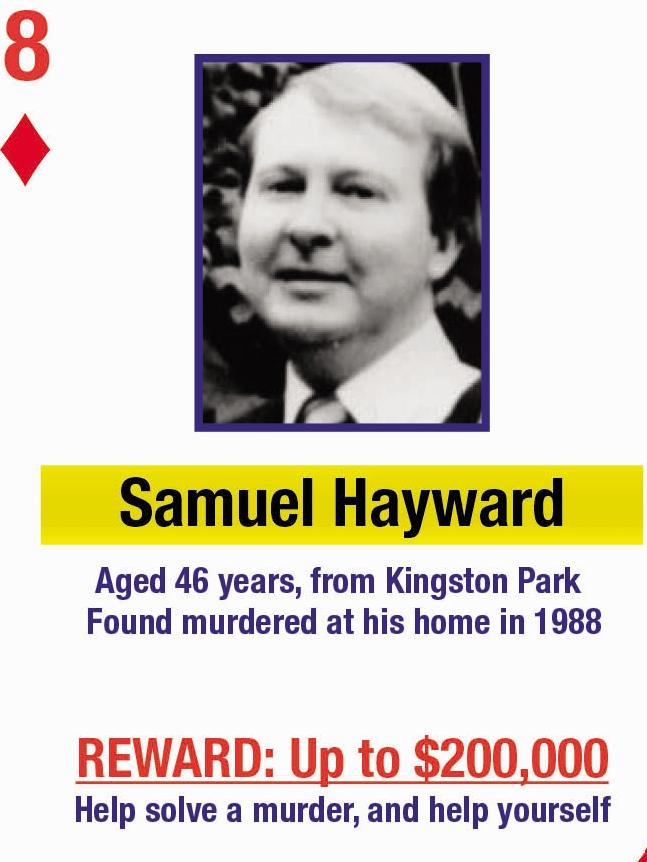
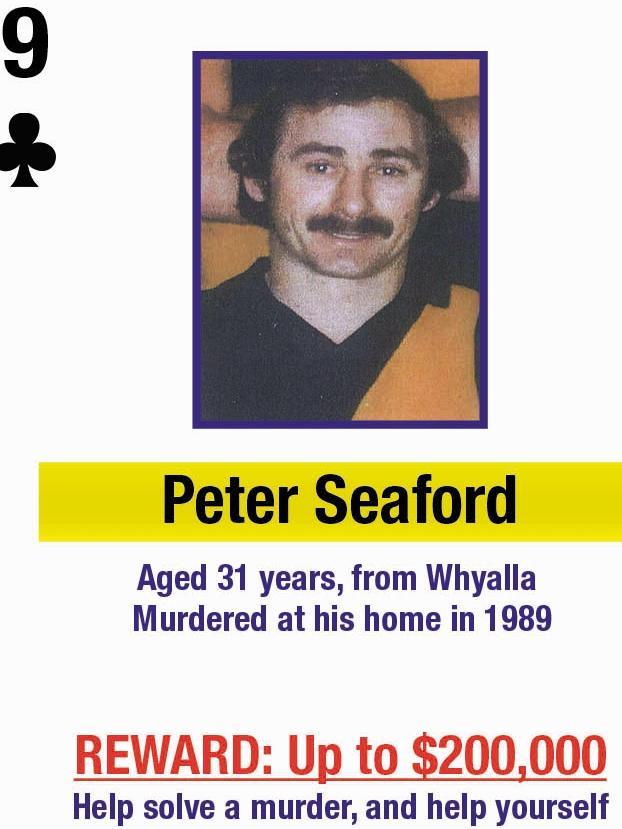
The DNA and fingerprint “back-capture” — conducted under Operation Persist — will target those convicted of manslaughter or murder as long ago as 1960.
Since its launch to review the state’s 110 cold-case murders, Operation Persist has resulted in 24 murder files being scrutinised.
One has resulted in an arrest and the recovery of the victim’s body after 17 years — the remains of Willunga man Dale McCauley were found in Second Valley in January.
Fresh investigations in several other unsolved cases — including the 1994 National Crime Authority bombing that killed WA police officer Geoffrey Bowen, and the 2012 bashing and stabbing murder of Glenelg man Jayson Doelz — are well advanced, while several other cases are now at various stages of investigation after being reviewed. However, police have declined to identify them for operational reasons.
The NCA bombing inquiry involves 15 investigators and intelligence officers.
All exhibits in the case are being assessed to identify the potential for fresh forensic testing using techniques that were previously unavailable. Testing on some items has already begun.
“They are slow, tedious and meticulous investigations and we have some of our best investigators working on them to ensure we get the best result,’’ Det-Supt Bray said.
“We have the resources we need and are gradually working through the jobs as opportunities are identified in each review.’’
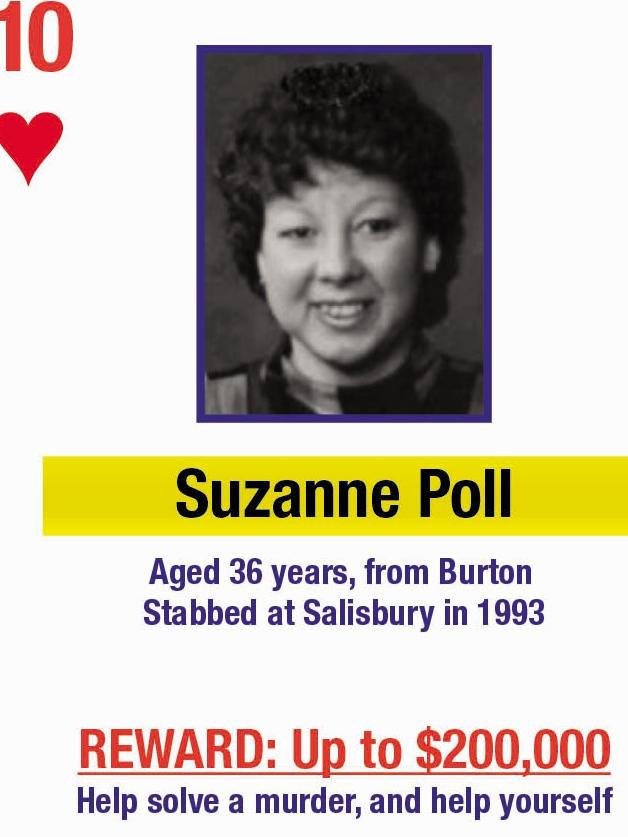


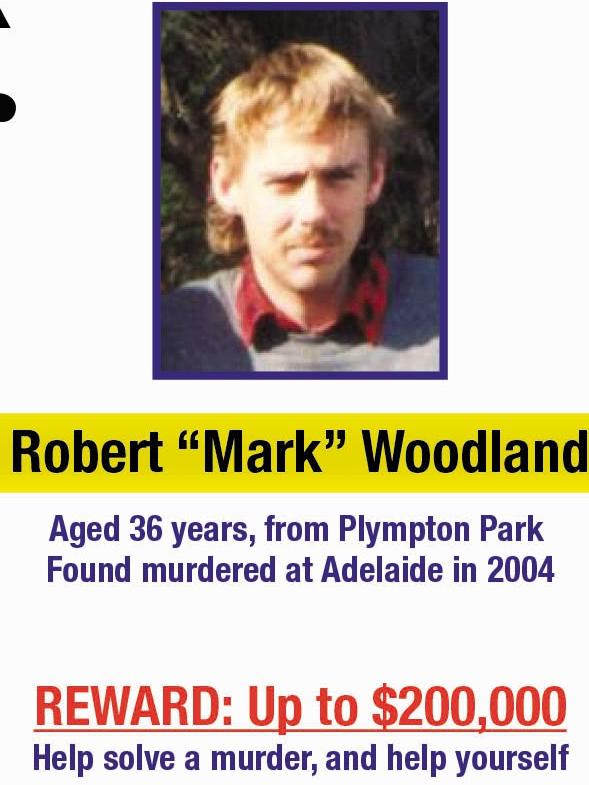
A major component of Operation Persist has involved engaging with the state’s 2948 prisoners.
As part of this strategy, a series of playing cards — each featuring an unsolved murder — has been distributed to all prisoners, along with an individual letter outlining benefits available to them if they assist in solving one of the murder cases.
A dedicated telephone line has been established to allow prisoners to contact detectives directly and provide information on any of the cases.
As well, visual displays have been placed in public areas within jails and prison officers have been briefed on the strategy. A second set of playing cards featuring another 50 unsolved cases is set to be distributed within the prison system.
Det-Supt Bray said “valuable’’ information had been provided by some prisoners in connection with numerous cases.
“We have been receiving an average of five calls a week from prisoners,’’ he said.
“A number of cases are being progressed as a direct result of prisoner co-operation. Some of them do not want anything in return for providing information, they just don’t like murder.’’
Information on Operation Persist is also being provided to police detainees at charging points in police stations — providing direct interaction with a further 30,000 prisoners a year.
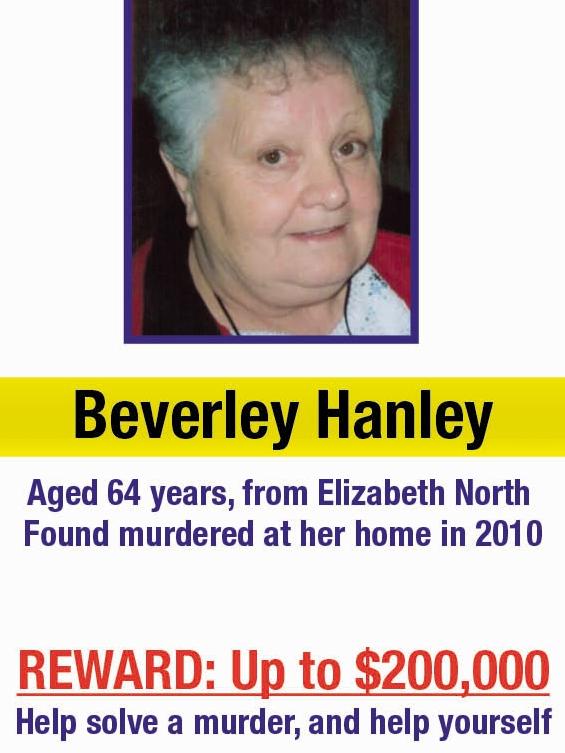
While detectives have been seeking the assistance of prisoners to provide information voluntarily, they have also been using recent legislative amendments to the Correctional Services Act in some instances to try to force co-operation.
Under Section 67 of the Act, the “no body, no parole’’ provision has been expanded to now include ‘‘no co-operation, no parole’’.
“We are actively assessing prisoners due for release for murder and will apply this section of the Act where we can,’’ Det-Supt Bray said.
“We are determining whether we will seek their co-operation or not if some aspect of the case is outstanding.
“Examples would include where we know the prisoner had an accomplice in the crime they committed who has not yet been charged, when a firearm used has not been recovered and whether the body has been recovered or not.’’
Those subject to interview are likely to be offenders such as child killer Dieter Pfennig, sex killer Bevan Spencer von Einem, and those involved in the murder of Cosimo Casteluzzo in 1992 and Paulo Miranda in 2008.
Det-Supt Bray also revealed that Forensic Science SA was conducting advanced “familial’’ DNA testing in numerous unsolved cases in order to advance them.
This involves testing partial DNA profiles found at crime scenes with those obtained from a direct relative of a suspect in order to obtain a usable profile.
The technique was successfully used last year for the first time and resulted in an arrest in the North Adelaide serial rapist case that is still before the courts.
Forensic Science SA is also retesting numerous exhibits in many of the cases using advanced DNA testing methods, while others are also being examined at laboratories in New Zealand and the Netherlands.
Rewards are now available for the 110 unsolved murders in SA.
Most are $200,000 each but they top $1 million for those involving children and the NCA bombing.
A reward is only considered after the case is 12 months old and an arrest is not imminent.


